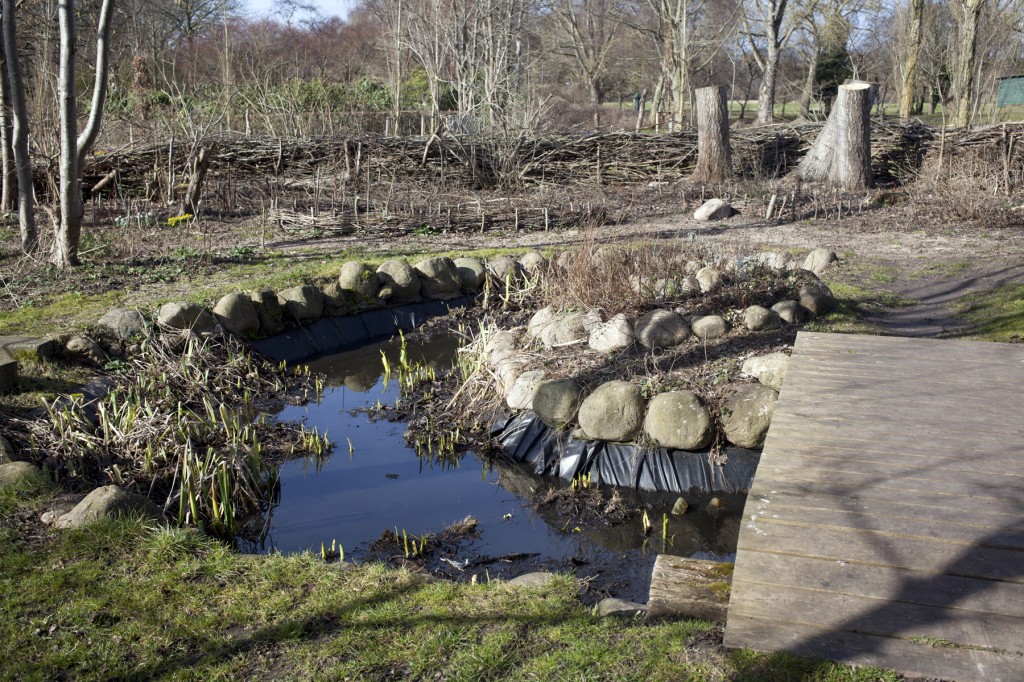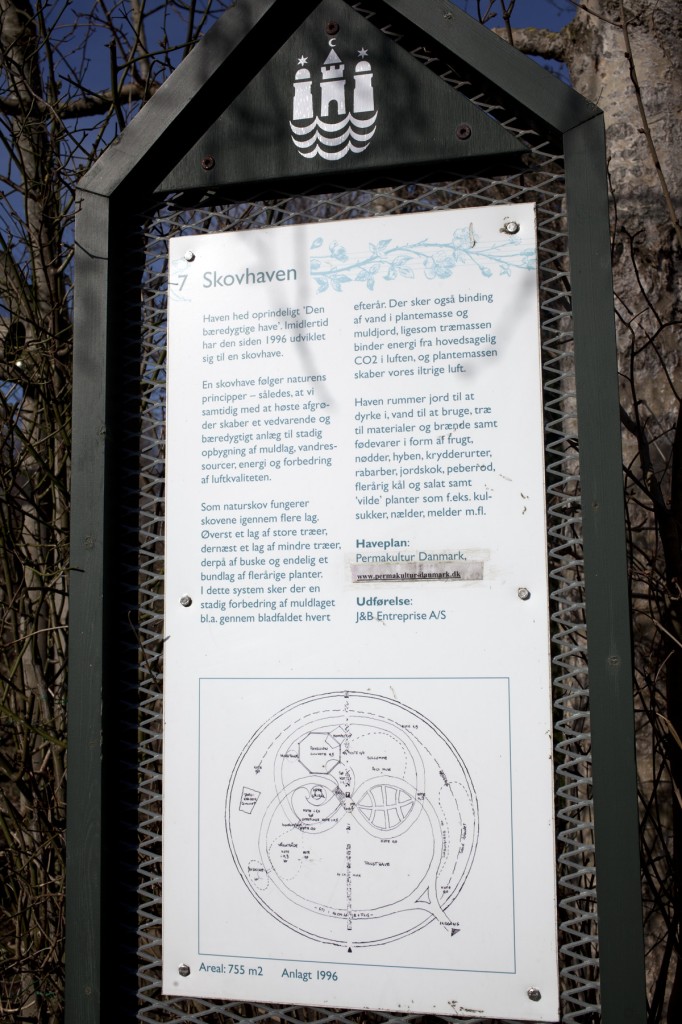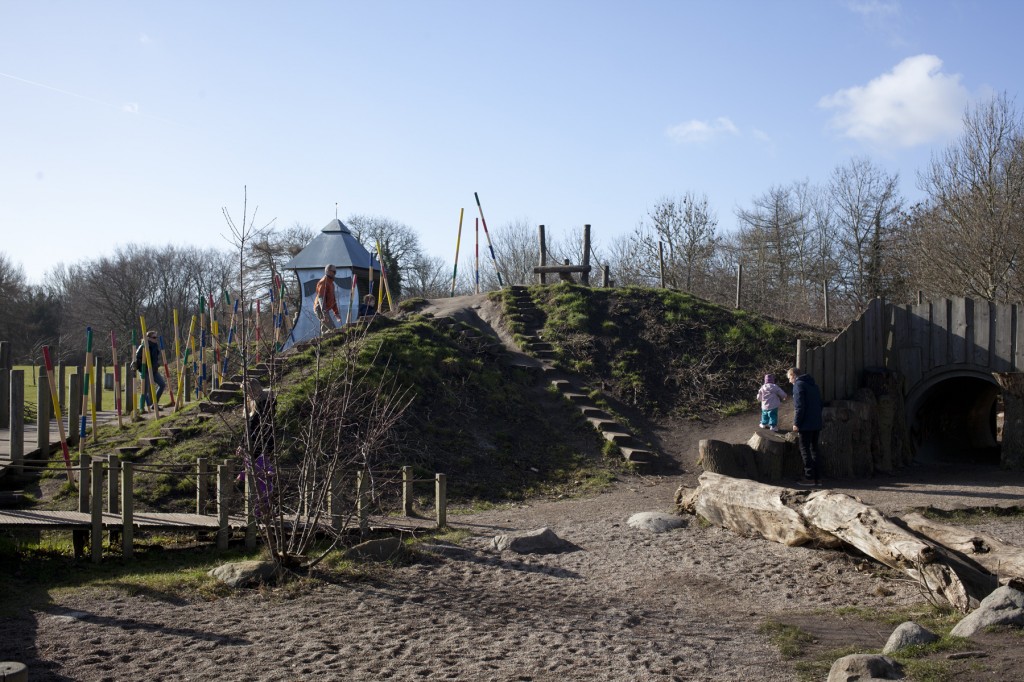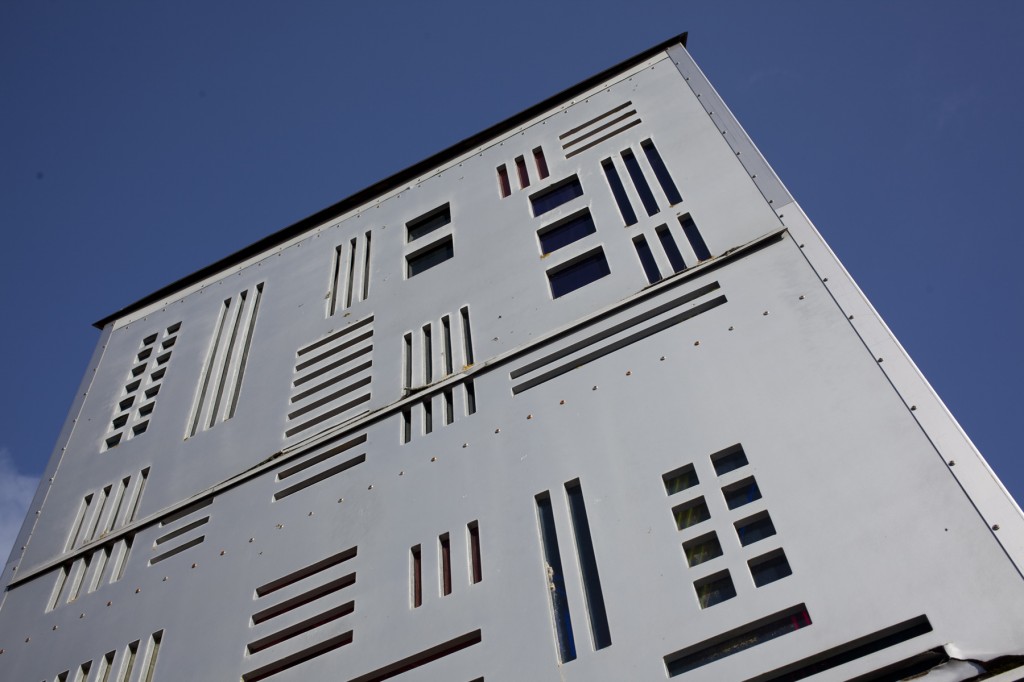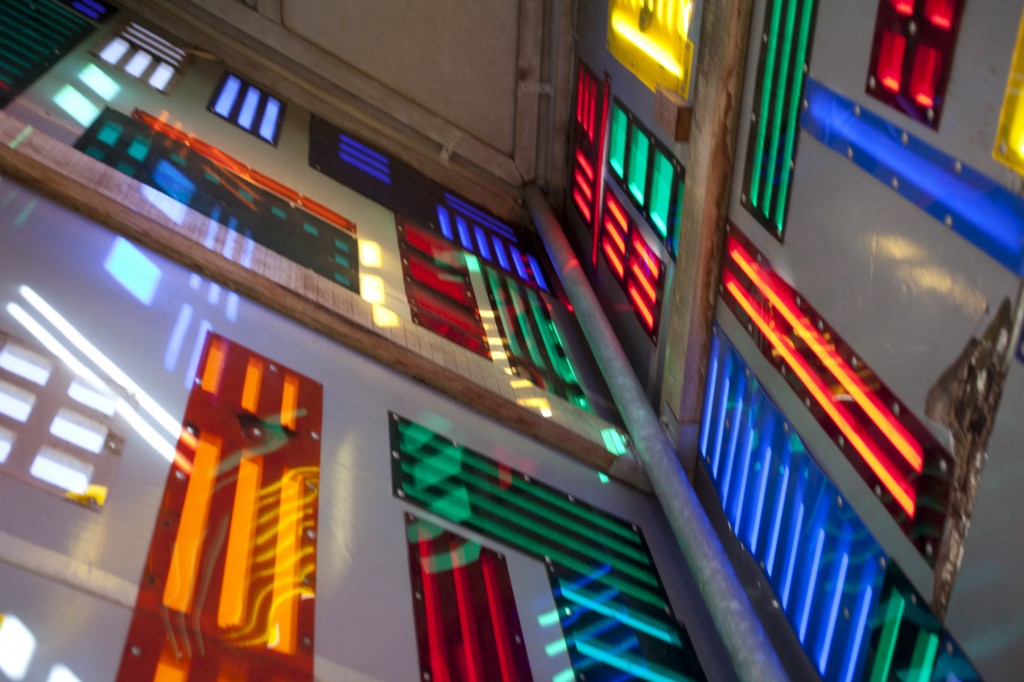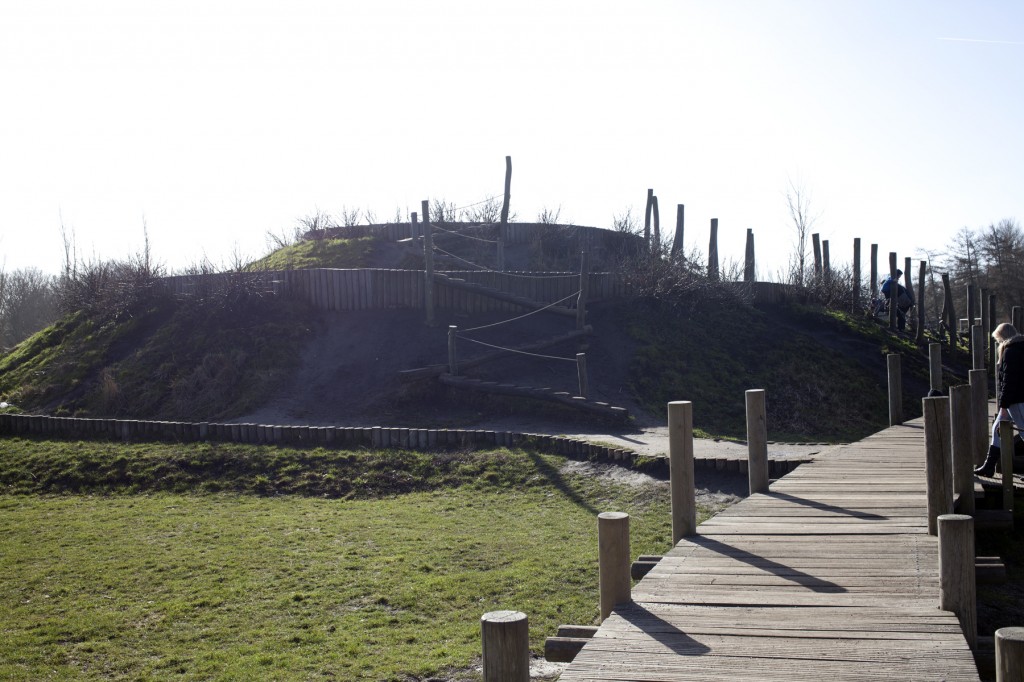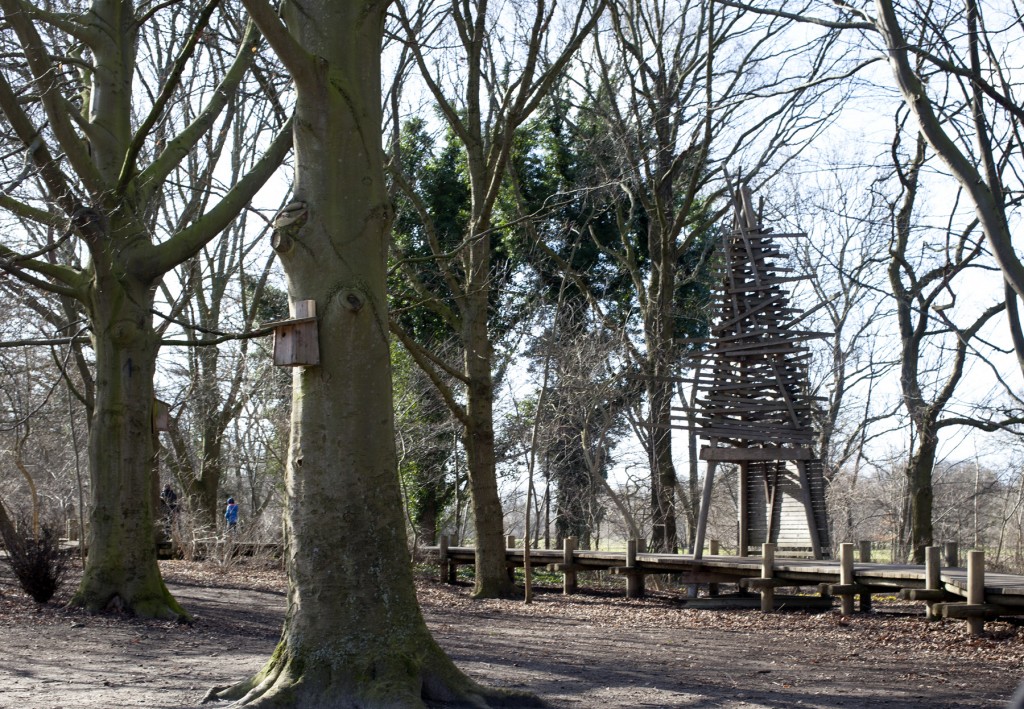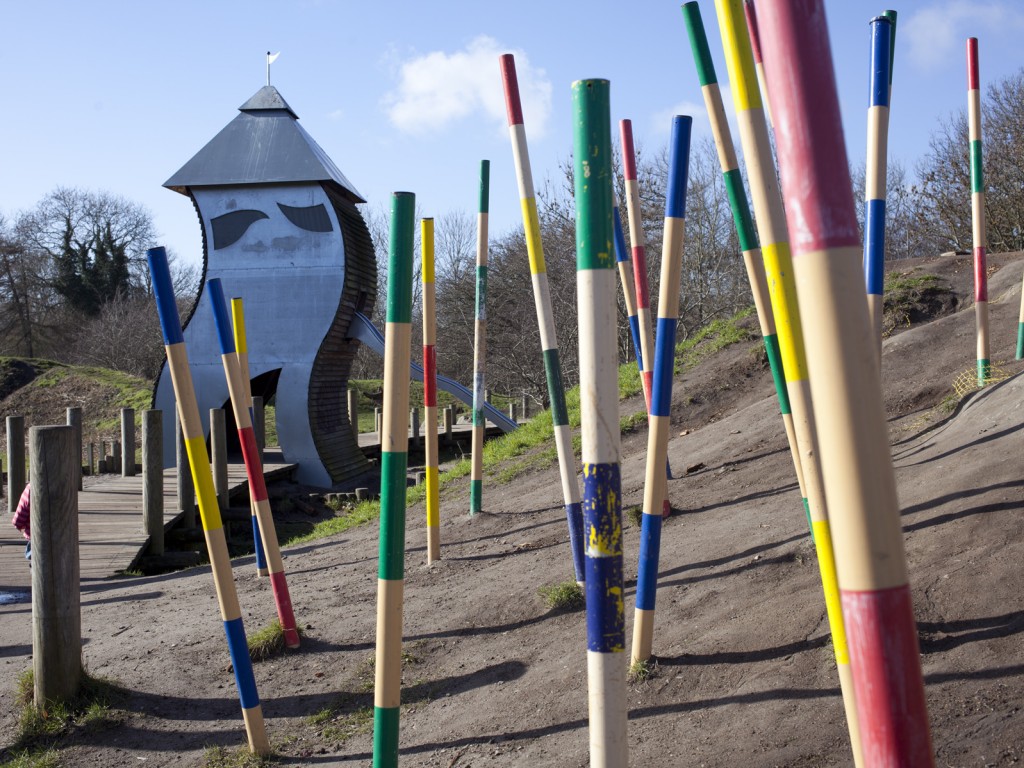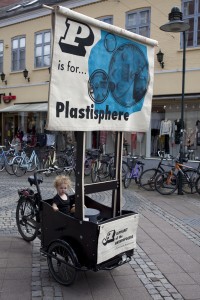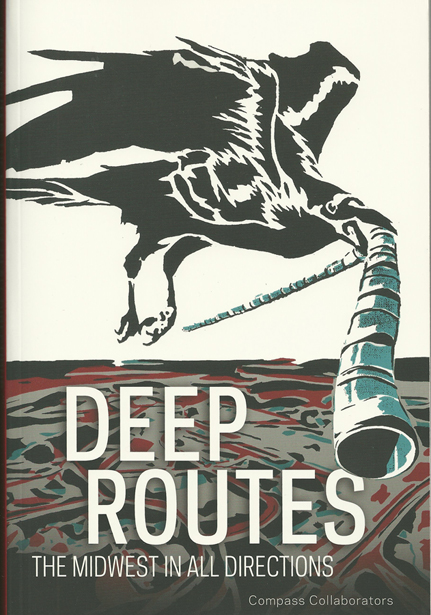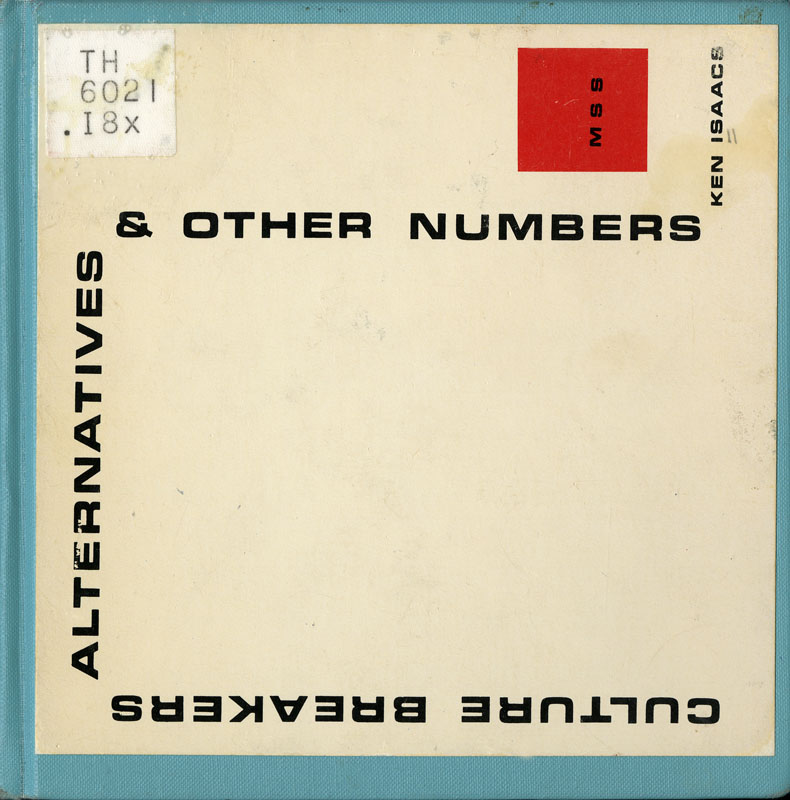Valby Park
On the edge of Spring we took a tour to the edge of the city to celebrate. We visited Copenhagen’s second largest park–Valby Park (Valby Parken), reclaimed from an old landfill 75 years ago. This year the sprawling park is celebrating its diamond anniversary with events planned throughout the year, much of it focused around the park’s highly praised rose garden.
We went to the park in search of a permacultural demonstration garden we had heard about from a friend and found the Skovhaven. Not much to look at in the early days of March, but you could see the leaves of strawberry plants in between the thick mulch and get a sense that there would be more here in the coming months. Permakultur Danmark, who designed and planted the garden in 1996, is the garden’s sponsor. They use the garden as a model for permaculture in Denmark and it does stand in contrast to the more maintenance heavy gardens in Valby Park, such as the nearby rose garden. According to Permakultur Danmark, permaculture means a way of planting and growing, but also a way of life that believes it is possible to support human culture with respect for animals, plants, and soil. It is ecological and sustainable .
The Skovhaven, or Forest Garden, is part of the temahaver, or themed gardens, built in the late 1990s when Copenhagen was a European culture capital. The other themed gardens range from the pleasant, a Køkkenhaven (or kitchen garden) or a Vandhave (Water Garden) to the dubious, such as the H.C. Andersens orientalske have (H.C. Andersens oriental garden??) and they all require more attention and maintenance than the Skovhaven, according to Permakultur Danmark.
Interestingly, Copenhagen is being recognized again this year, this time as a European Green Capital, singled out for urban planning and its stated goals of carbon neutrality in 2025. But, so far the city’s focus on”public-private partnerships” as a form of “eco-innovation” are less than inspiring for increasing Copenhagen’s ecological landscape.
Valby Park right now, is for me a better example of eco-innovation. The park reclaimed land that was formerly used as a dump to be a site for outdoor recreation and cultural discourse around plants and land use. However manicured it may be in the end, the park offers opportunities for interaction with green space and a place to get dirt under your fingernails, which our two year old did with gusto on Saturday.
The best part of the trip, however turned out to be the naturlegepladsen, or nature playground, which we didn’t know would be in the park because of our focus on finding the permacultural garden. It’s curious landscape of hills, tunnels, and attendant towers populated with wooden creatures shaped a magical playground experience, marred only by bored parents wandering around behind their children with their heads in their smart phones.
The towers surrounding the playground were for example the “Light Tower,” the “Bird Tower,” and the “Wind Tower.” The silver tower below is the Light Tower. The name becomes obvious when you stick your head inside.
The park was designed by landscape architect Helle Nebelong, who has had a long career in creating imaginative and therapeutic parks for children and others. According to her website, her work is concerned with improving imagination, play, and children’s connection with nature.
Some more of the incredibly, loopy towers.
Radio Aktiv Sonic Deep Map (2013)
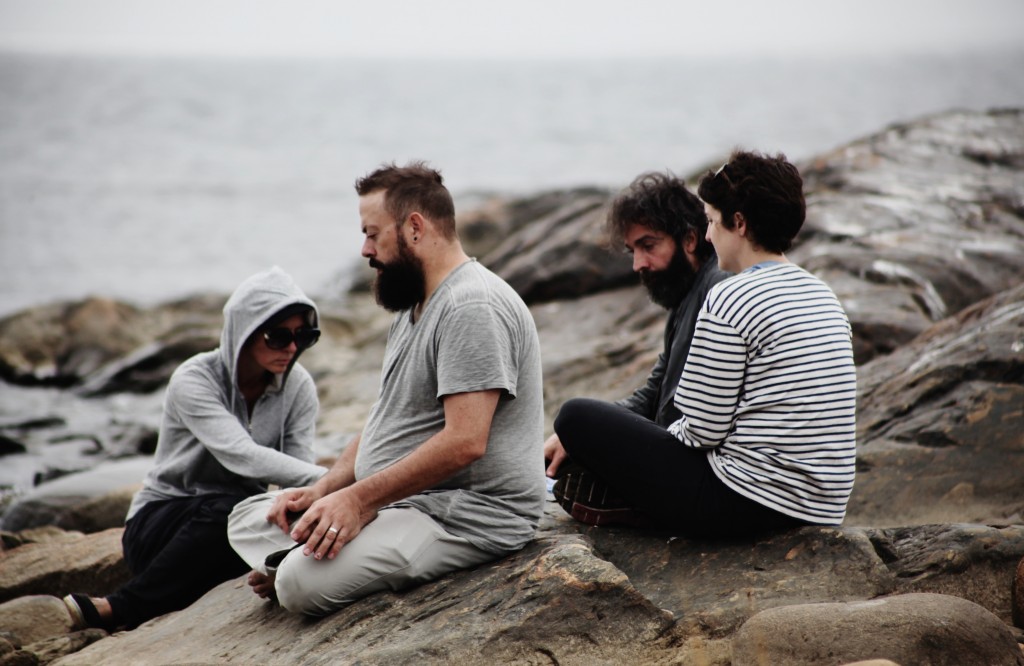
SUPERKILEN – Extreme Neoliberalism Copenhagen Style
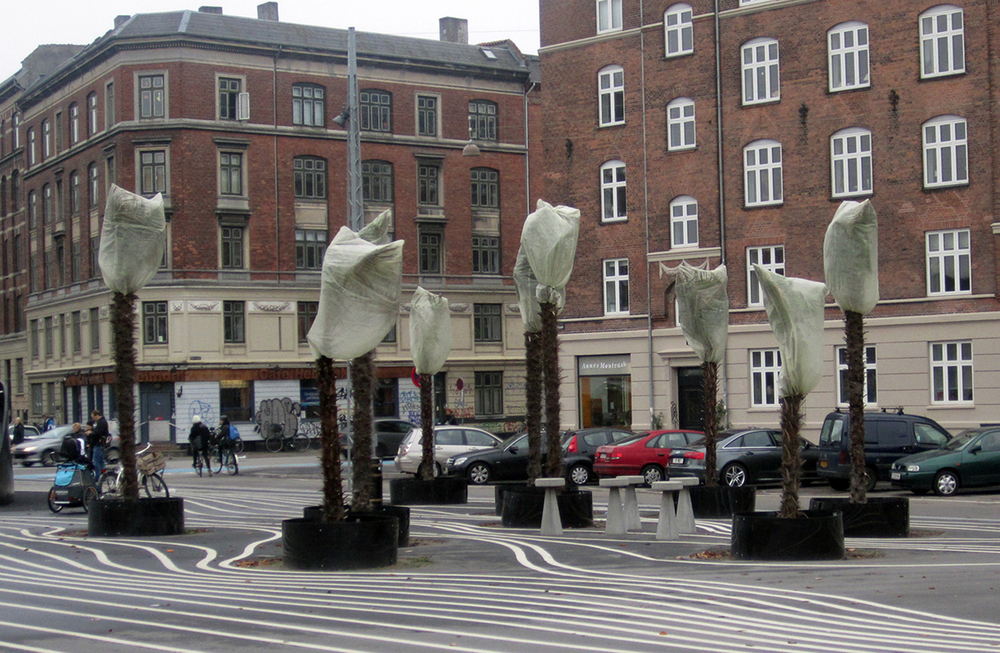
Read Brett's essay about the park.
Download our guide:
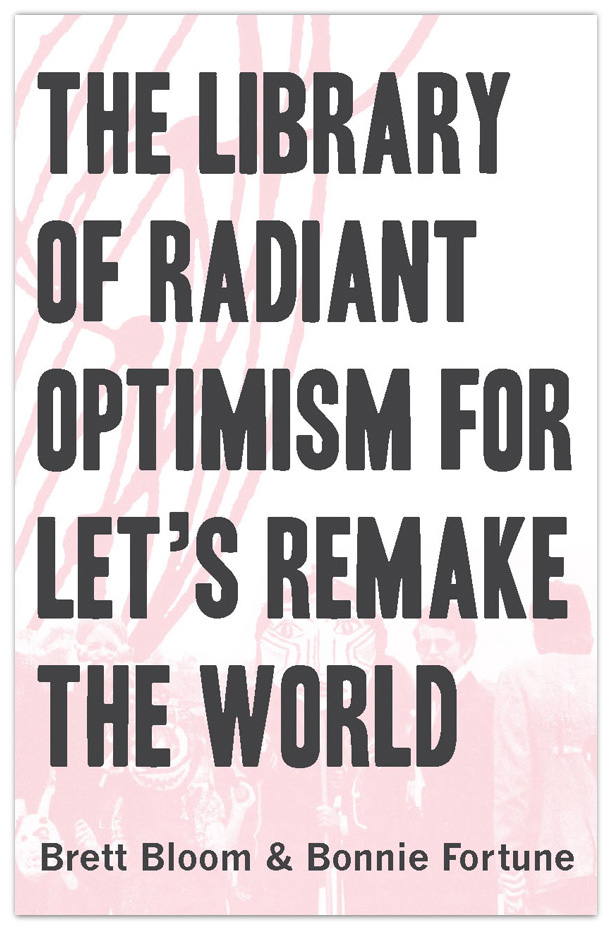
This is our guide to how-to books from the counterculture of the 60s and 70s. Click to get the download page.
Categories
- Agriculture (11)
- Animal sounds (1)
- Artist parents (19)
- Arts and culture (106)
- Bees (3)
- Book reviews (14)
- Books (18)
- Critical essays (5)
- Daily Photo (5)
- Design (36)
- Dirt (11)
- Environmental activism (43)
- Exhibitions (24)
- Farms (11)
- Forest (7)
- Friday connect (15)
- Growing (42)
- Habitat (38)
- Homesteading (16)
- Interviews (15)
- Kitchen (14)
- Living structure (9)
- MISC (15)
- Mythological (2)
- Neighborhood (83)
- Ocean News (1)
- Our Art Work (21)
- Personal – Design/Art (3)
- Play (2)
- Playground (4)
- Projects (21)
- Public space (53)
- Resilience (13)
- Sea Side (2)
- Sojabønner (2)
- Tofu (8)
- Vermont correspondence (7)
- Water (3)
- Wednesday picture (31)
- Workshop (1)
Video interview:

Watch our interview of SeedBroadcast, a mobile project that is part seed library and part seed-saving-story-collecting machine-recording the stories of seed saving, farming, and food sovereignty work being done around the US.
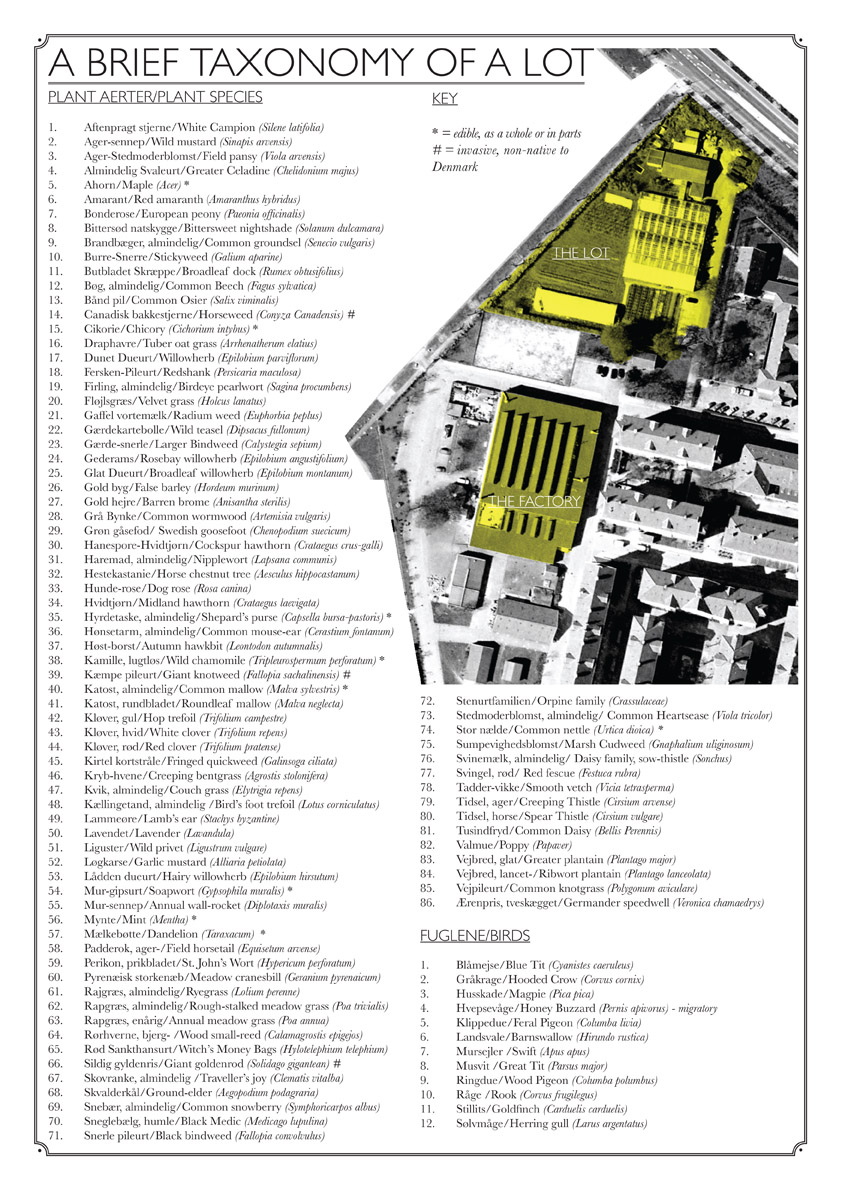
Download a poster Bonnie made about biodiversity in a vacant lot in the Amager borough of Copenhagen, in collaboration with biologist, Inger Kærgaard, ornithologist, Jørn Lennart Larsen and botanist, Camilla Sønderberg Brok: A BRIEF TAXONOMY OF A LOT

We made and installed a network of bat houses in Urbana, Illinois, to support the local and regional bat population, but also to begin a conversation about re-making the built environment.
READ MORE
BOOK REVIEW:
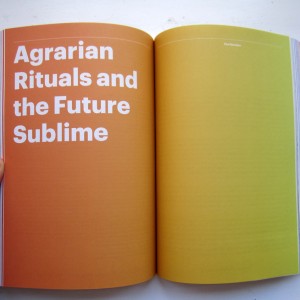
We write often about artists and art groups that work with putting ‘culture’ back in agriculture. Here is a new favorite: myvillages, a group of three women based in Germany, the Netherlands, and the UK. Read more...
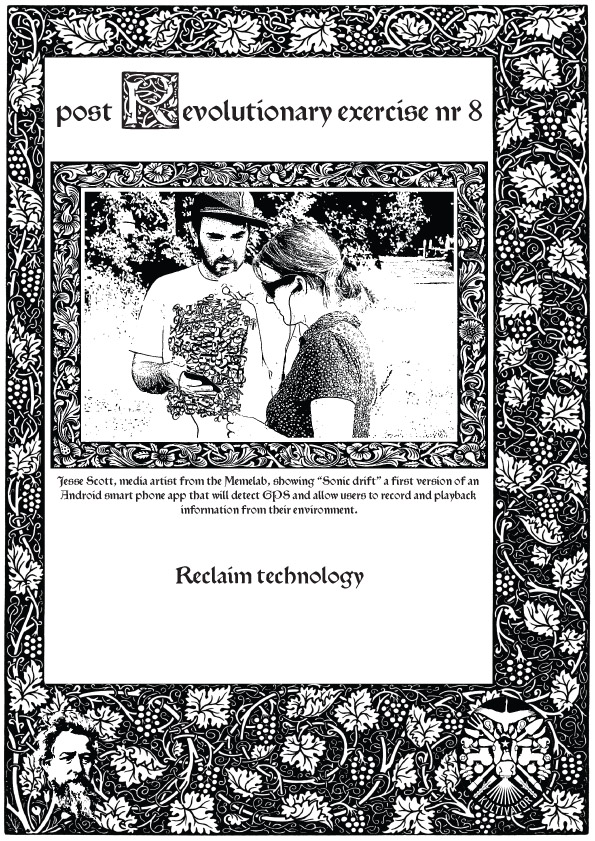
Post Revolutionary Exercises
We really admire the dedicated hard work of Kultivator who seeks to fuse agriculture and art in their work. Click this sentence to get a PDF of their poster collection called "Post Revolutionary Exercises."
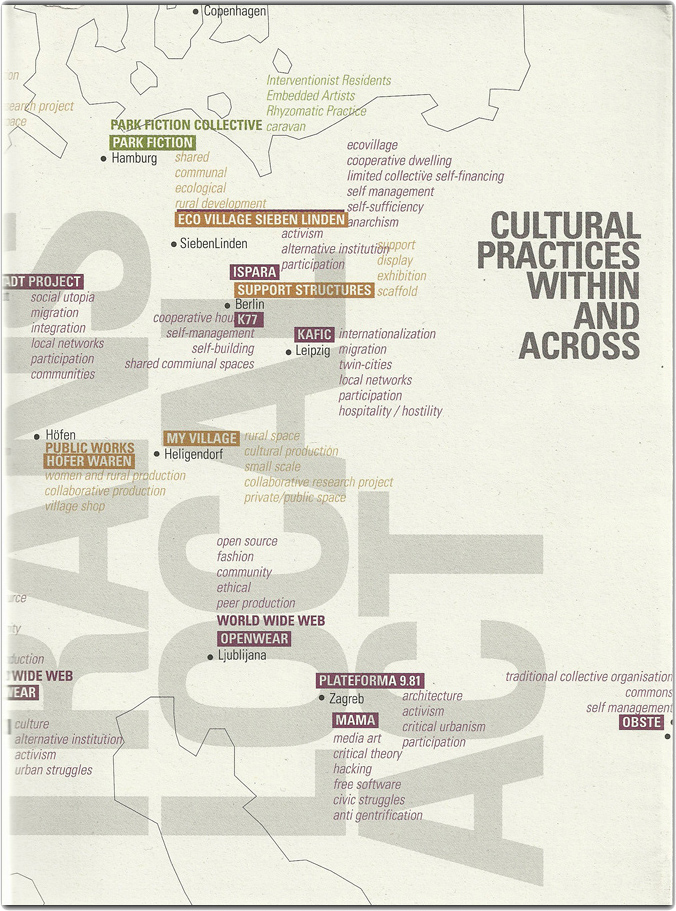
Cultural Practices Within And Across
This amazing book networks urban and rural resilience and sustainability projects around the world. Deeply inspiring projects in Romania, Paris, San Francisco, and elsewhere.
• Read our review of the book.
• Buy the book.
• Download the book.

